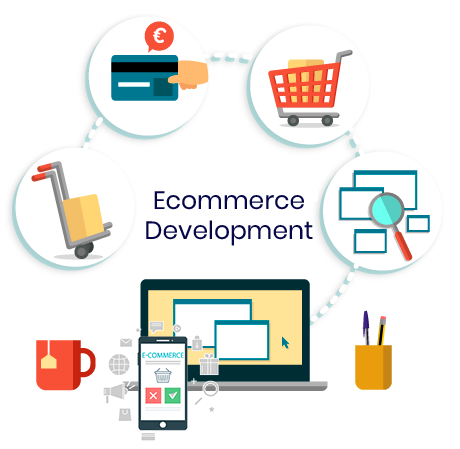Key Characteristics of SaaS
Several key characteristics define the SaaS model. First, the software is hosted on the provider’s servers, not on the user’s local machines. This means users access it over the internet, which offers the flexibility to work from various locations. Second, SaaS typically operates on a subscription basis, with users paying a recurring fee, usually monthly or annually. Third, the provider manages all updates, maintenance, and security, ensuring that users always have access to the latest version without needing to manually install updates.
Accessibility and Convenience
One of the major advantages of SaaS is its accessibility. Users can access the software from any device with an internet connection, whether it be a laptop, smartphone, or tablet. This is particularly beneficial for remote work and collaboration, as team members can work together in real-time, regardless of their physical location. The convenience of accessing critical business applications from anywhere helps enhance productivity and efficiency.
Cost Efficiency
SaaS is known for its cost-efficiency. Traditional software often requires a significant upfront investment in licenses and hardware, plus ongoing maintenance and upgrade costs. In contrast, SaaS follows a subscription model, which spreads the cost over time and reduces the initial financial burden. This pay-as-you-go approach also allows businesses to scale their usage up or down based on their needs, providing flexibility and reducing waste.
Automatic Updates and Maintenance
With SaaS, the responsibility for updates and maintenance lies with the service provider. This means users do not need to worry about downloading and installing updates, which can be time-consuming and disruptive. Providers regularly update their software to introduce new features, improve security, and fix bugs, ensuring that users always have access to the best possible version. This hands-off approach to maintenance allows users to focus more on their core tasks rather than IT management.
Security and Reliability
Security is a top priority for SaaS providers. They invest heavily in robust security measures to protect user data, including encryption, secure data centers, and regular security audits. These providers also ensure high availability and reliability, with service level agreements (SLAs) that guarantee uptime and performance. This level of security and reliability can be difficult and expensive for individual businesses to achieve on their own.
Examples of SaaS Applications
SaaS applications span a wide range of categories and uses. For example, Google Workspace offers cloud-based productivity tools like Gmail, Docs, and Drive, enabling seamless collaboration and communication. Salesforce provides customer relationship management (CRM) software that helps businesses manage their sales processes and customer interactions. Other popular SaaS applications include Slack for team communication, Dropbox for file storage and sharing, and QuickBooks Online for accounting.
Scalability and Integration
SaaS applications are inherently scalable. As a business grows, it can easily add more users and features to its SaaS subscription without significant changes to its IT infrastructure. This scalability is particularly advantageous for small and medium-sized enterprises (SMEs) that need to be agile and responsive to growth opportunities. Additionally, many SaaS applications offer integration capabilities with other software, creating a more cohesive and efficient workflow.
Customization and Flexibility
While SaaS applications are typically standardized, many offer a degree of customization to meet specific business needs. Users can often choose from various plans and add-ons to tailor the software to their requirements. Some SaaS providers also offer application programming interfaces (APIs) that allow businesses to integrate the software with other tools and customize its functionality. This flexibility ensures that SaaS can be adapted to a wide range of use cases.
Environmental Impact
SaaS can also have a positive environmental impact. By reducing the need for physical hardware and on-premises data centers, SaaS helps lower energy consumption and carbon emissions. The centralized nature of SaaS also means that service providers can optimize their data centers for efficiency, further reducing the environmental footprint. This makes SaaS an attractive option for businesses looking to adopt more sustainable practices.
Future Prospects of SaaS
The future of SaaS looks bright, with continuous growth and innovation on the horizon. Advances in technology, such as artificial intelligence and machine learning, are being integrated into SaaS applications to provide more intelligent and personalized user experiences. The rise of low-code and no-code platforms is democratizing software development, allowing more users to create custom applications without extensive coding knowledge. As remote work and digital transformation continue to evolve, SaaS will remain a critical component of the modern business landscape, driving efficiency and innovation.







